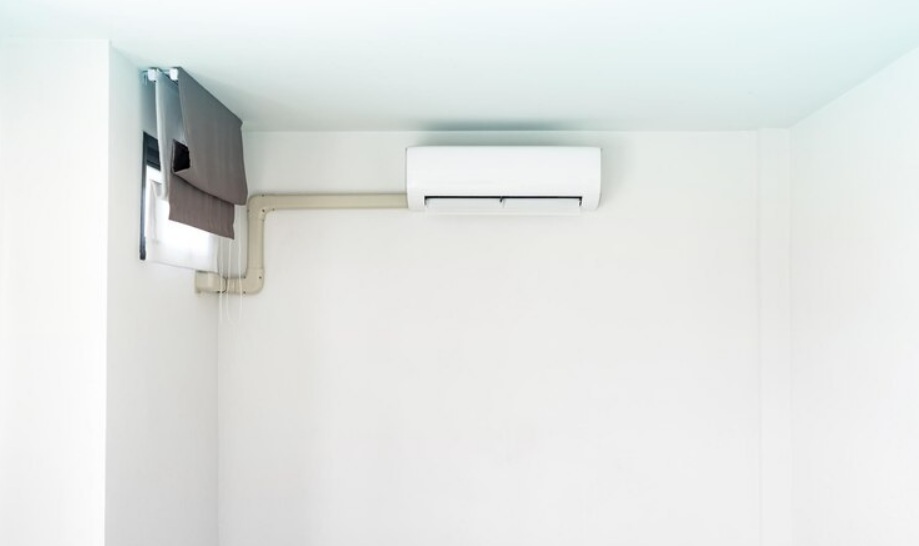Troubleshooting Common Heater Repair Issues
When your heater stops working correctly, it can be frustrating and uncomfortable. Understanding some common heater repair issues and knowing how to address them can save you time and ensure your home stays warm. Whether your heater won’t turn on, isn’t producing enough heat, makes unusual noises, or frequently cycles on and off, there are practical steps you can take to troubleshoot these issues.
Heater Won’t Turn On
- Checking Power Supply: The first step in heater repair when your unit won’t turn on is to check the power supply. Ensure that the heater is plugged in and that the circuit breaker hasn’t tripped. Sometimes, a blown fuse could be the culprit, which can easily be replaced. Additionally, examine the wiring for any visible signs of damage or wear. Loose or frayed wires can prevent your heater from operating. If you find any, contacting our professionals to address these issues safely is essential.
- Inspecting the Thermostat: If the power supply is intact, the next component to check is the thermostat. Ensure that the thermostat is set to the “heat” position and that the temperature is set higher than the current room temperature. Sometimes, a simple battery change in a digital thermostat can solve the problem. Make sure to inspect the thermostat’s wiring and connections for signs of wear or loosening. If the thermostat is outdated, consider upgrading to a programmable model for better efficiency and control. A faulty thermostat may require professional inspection and replacement to get your heater back up and running.
Inadequate Heat Production
- Examining the Air Filter: When your heater is running but not producing enough heat, the air filter is often the first place to check. A dirty or clogged air filter can restrict airflow, causing the heater to work harder and heat less efficiently. Replace the air filter if it appears dirty, and make a habit of changing it regularly to maintain optimal performance. A clean filter improves airflow and helps keep your heater functioning correctly.
- Assessing the Pilot Light or Ignition System: For heaters that use a pilot light, make sure it is lit. If the pilot light is out, relight it following the manufacturer’s instructions. If the light doesn’t stay lit, there may be an issue with the thermocouple or gas supply, requiring professional attention. For newer models that use an electronic ignition system, check to see if there are any error codes displayed. These systems can sometimes be reset by turning the heater off and then on again. If problems persist with the ignition system, our technicians can diagnose and repair these complex issues to restore full heat production.
Unusual Noises from the Heater
- Identifying Common Sounds and Their Causes: Unusual noises from your heater often indicate underlying issues that need attention. Common sounds include banging, squealing, or clanking. Banging noises usually result from the expansion and contraction of metal parts or a delayed ignition. Squealing sounds may be due to worn-out belts or motor bearings. Clanking might suggest loose or broken components inside the heater. Identifying these noises and understanding their causes can help pinpoint the problem, allowing for timely maintenance and repairs.
- Lubricating Moving Parts: Lubricating the moving parts of your heater can reduce friction and prevent wear and tear, helping to eliminate unusual noises. Components like the blower motor and other mechanical parts benefit from regular lubrication. Over time, lack of lubrication can cause these parts to grind against each other, leading to the sounds you hear. Regular lubrication helps keep your heater running quietly and efficiently. If you’re unsure about performing these tasks, our technicians can provide a thorough inspection and proper maintenance.
Frequent Cycling
- Investigating Airflow Issues: Frequent cycling, where the heater turns on and off more often than it should, can be due to airflow issues. Blocked or dirty air filters restrict airflow, causing the heater to overheat and shut off prematurely. Ensure that vents are not obstructed by furniture or other items. Proper airflow is essential for maintaining the efficiency and effectiveness of your heater. Checking and cleaning air filters regularly can resolve cycling problems and improve overall performance.
- Evaluating Thermostat Settings and Placement: The thermostat’s settings and its placement in your home can also influence cycling frequency. Incorrect settings or a poorly placed thermostat can cause your heater to cycle on and off too often. Ensure the thermostat is away from direct sunlight, drafts, and heat sources, which can affect its readings. Check the settings to confirm the temperature is set correctly. If these measures do not resolve the issue, our professionals can help recalibrate your thermostat or recommend a more suitable location for installation.
Conclusion
Understanding and troubleshooting common heater repair issues can keep your home comfortable and warm. Addressing problems like power supply interruptions, dirty filters, unusual noises, and frequent cycling ensures your heater operates efficiently and reliably. Regular maintenance and timely repairs enhance the performance and lifespan of your heating system.
For expert heater repair services in Prattvile, AL, contact us at Hans Heating and Air. Our experienced professionals are dedicated to keeping your heater in top condition. Schedule your maintenance today to ensure a warm and comfortable home all season long.




.jpg)












